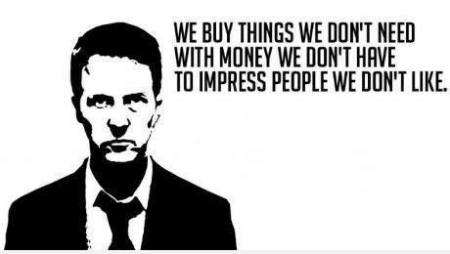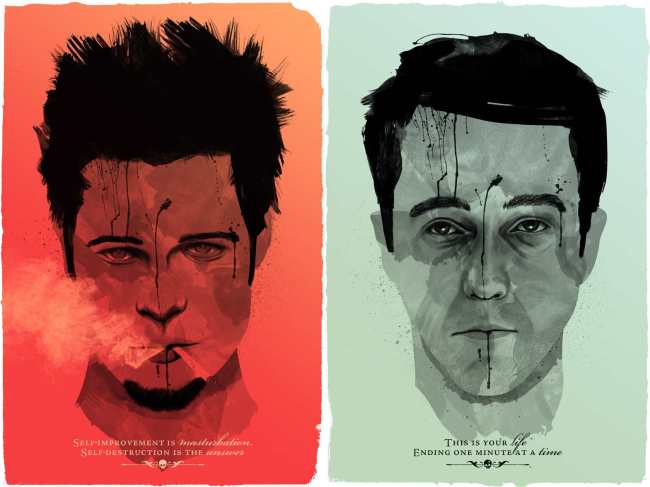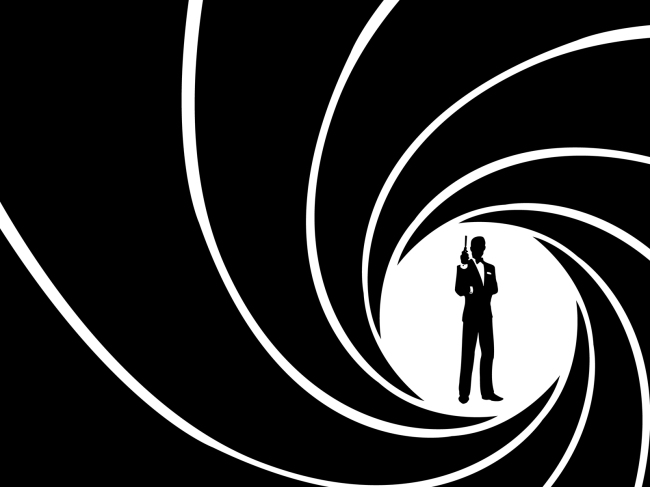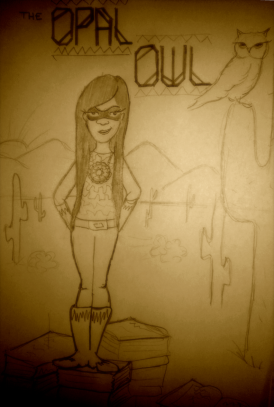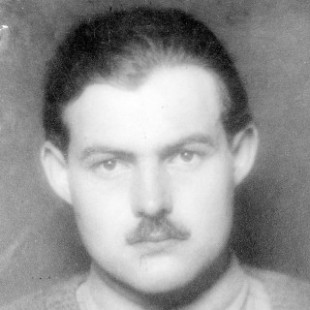The story of Romeo and Juliet has been told so many times throughout history. Why? Maybe because it is a scenario that occurs in so many settings, giving it is a relatable plot that transcends time. The star-crossed lovers that come from opposite worlds that forbid their union. This is the story line that could be told in so many contexts and again people will flock to see the sorrows that a torn heart can induce.
In the film Hearts Beat Alike, Abraham, a black slave in 1890’s Memphis, Tennessee, and Fionna, a white textile plantation owner’s daughter, fall deeply in love. Abraham and Fionna hide their love, because they know that nobody will accept it. But, when, Brenton, the man that Fionna’s father has set her up with, finds the two making love he accuses Abraham of raping Fionna. Both know that is far from the truth, but nobody in Fionna’s community seems to listen to them. Abraham’s family is scornful that he could fall for someone who is in direct relations to a slave master. Fionna’s father, Brenton, and much of the rest of the town create a mob frenzy convinced that Fionna had been raped. They find Abraham and brutally beat him up. They then take him to the near-by jail and make plans to hang him the next day.
Brenton finds Fionna frantically trying to find Abraham in the slave quarters and tells her that Abraham has already been killed, though he knows this is not the truth. She then finds cyanide in the work shed and goes to her room to die in peace. She cannot live with the guilt of Abraham’s death nor with the thought of not having him by her side. That night as Fionna is drinking the poison Abraham escapes from jail. He runs to Fionna’s house and climbs into her room. He has made plans to run away with her and has even figured out a foolproof way of doing so. When he finally gets to her room, Fionna is close to death but is barely still conscious. She cries to see Abraham then slowly fades away, and tells him she thought he was dead and that she loves him. Abraham cries out “No” and accidentally awakens her family. They run to see what has happened and find Abraham draped over Fionna’s dead body. With rage they drag Abraham to the town square and hang him for all to see.
Fionna’s or Abraham’s family lost the ones they love because they tried so hard to push them apart. Maybe not a happy ending, but a Shakespearean tragic closure it is.
In this historical romantic drama, Hearts Beat Alike I would like to feature Shawan Wayans and Jessica Chastain. Although Wayans is usually a comedic actor, I think he will not have a hard time getting into character for this role. Chastain has the southern belle appeal that I am looking for. I want her to be the type to attract many of the white men in town, but to be unaffected by their attention because she is so infatuated with Abraham. The movie will be filmed in rural areas of Tennessee that will be dressed to look like they would have in the 1890’s.
I think this film is important because it is a situation that could have, and may have in some way, occurred in the United States during this time. I think it will spread awareness that many of the supposed rapes by black men on white women were made to look that way by white men with an injured ego. This film could create a narrative about supposed rapists being lynched with no question during that time in history. Though the story does not have a happy ending it does have a climactic ending that will stay on the minds of moviegoers long after they’ve left the theater. This lasting impression caused by the climactic ending will cause people to talk about the film and its content and inevitably snowball into a large viewing audience. Not only is this movie historically accurate and telling, it will be a box office hit as well.
The two young protagonists find they have so much in common including taste in literature and music; they also have the same kind-hearted, soft-spoken demeanor. Their commonalities embrace what author Chris Barker calls “Racialization” in his book Cultural Studies. The thought behind racialization is that many of the assumed differences between people of different races are socially formed. The fact that Fionna and Abraham see themselves as equals goes against what everyone around them believes. “[Race is] formed in and by symbolization in a process of social and political power struggle,” according to Barker. By this he means through a struggle for power and control one race commonly uses social apparatus to subordinate another class. Some of the social apparatus could be the labor market, housing market, education system, or the media. (253-254)
The historical nature of this film is heavily emphasized. Although it is not a true story with true characters, as I said above, it is a type of occurrence that was very common at that time. A young black journalist during the late 1800’s was adamant about reporting upon the lynching trend. She was especially interested in debunking the myth that black men were raping white women to deserve such a fate. In the publication Phylon, author David M. Tucker chronicles Ida B. Wells and her writings in publications across the nation, especially in Memphis, Tennessee. His Article “Miss Ida B. Wells and the Memphis Lynching” reveals that Wells was highly controversial and threatened for her stance that the sexual relationships between black men and white women were consensual, are were pinned as rape to protect the white man’s ego. (118).

I would like to include Ida B. Wells in the film to add some historical relevance, but she will be only a minor character and will be one of the only characters who supports the bi-racial relationship. She will be played by Kerry Washington, who has played the role of a highly intelligent young women in other films and television shows, so I think she will be able to pull off the role of Well’s very well.
In the way that Django Unchained, written and directed by Quentin Tarantino, unabashedly presented the extent of racism during the mid 1800’s, Hearts Beat Alike will give viewers a truthful depiction of the racial bigotry of the time. This film will include the vernacular and racial slurs used at the time, and will include some violent matter for this reason it will be rated R. Django (the J is silent), played by Jamie Fox, is a freed slave that becomes a bounty hunter, and eventually tracks down his wife who is enslaved by a plantation owner. The plantation owner Calvin Candie, played by Leonardo DiCapprio, is a seemingly evil man with little but his own wealth and ego to consider. This character has many similarities to Fionna’s father Edward, played by Ron Perlman. Edward is also dispassionate, but unfortunately does not reach the same fate as Calvin in this film.

The recently released film 12 Years A Slave deals with the same issues of race relations and slavery. Director Steve McQueen tells the story of Solomon Northup, a freed black man from the North that gets captured and sold into slavery. Solomon faces the same brutal treatment as Abraham all because they are black men. Though 12 Years A Slave is based on a true story that took place in the 1840’s, it has many similar heart wrenching aspects as Hearts Beat Alike. Solomon also worked on a Southern plantation. The film 12 Years A Slave has been a controversial box office hit, but is one that has been talked about by many.

This film, if given the green light by your production company, will be a similar buzz-worthy box office success. Its historical roots, teamed with romance and tragedy will draw a vast demographic from young women to old men. For this reason and more, I feel that Hearts Beat Alike deserves the green light for production from your honorably company. Thank you for you time!
Works Cited
12 Years A Slave. Dir. Steve McQueen. Perf. Chiwetel Ejiofor, Michael K. Williams,
and Michael Fassbender. Regency Enterprises, 2013.
Barker, Chris. Cultural Studies: Theory and Practice. London: Sage 2012.
Django Unchained. Dir. Quentin Tarantino. Perf. Jamie Foxx Christopher Waltz, Leonardo DiCaprio. Columbia Pictures, 2012.
Tucker, David M. “Miss Ida b. Wells and Memphis Lynching.” Phylon 1971: 112-122.

